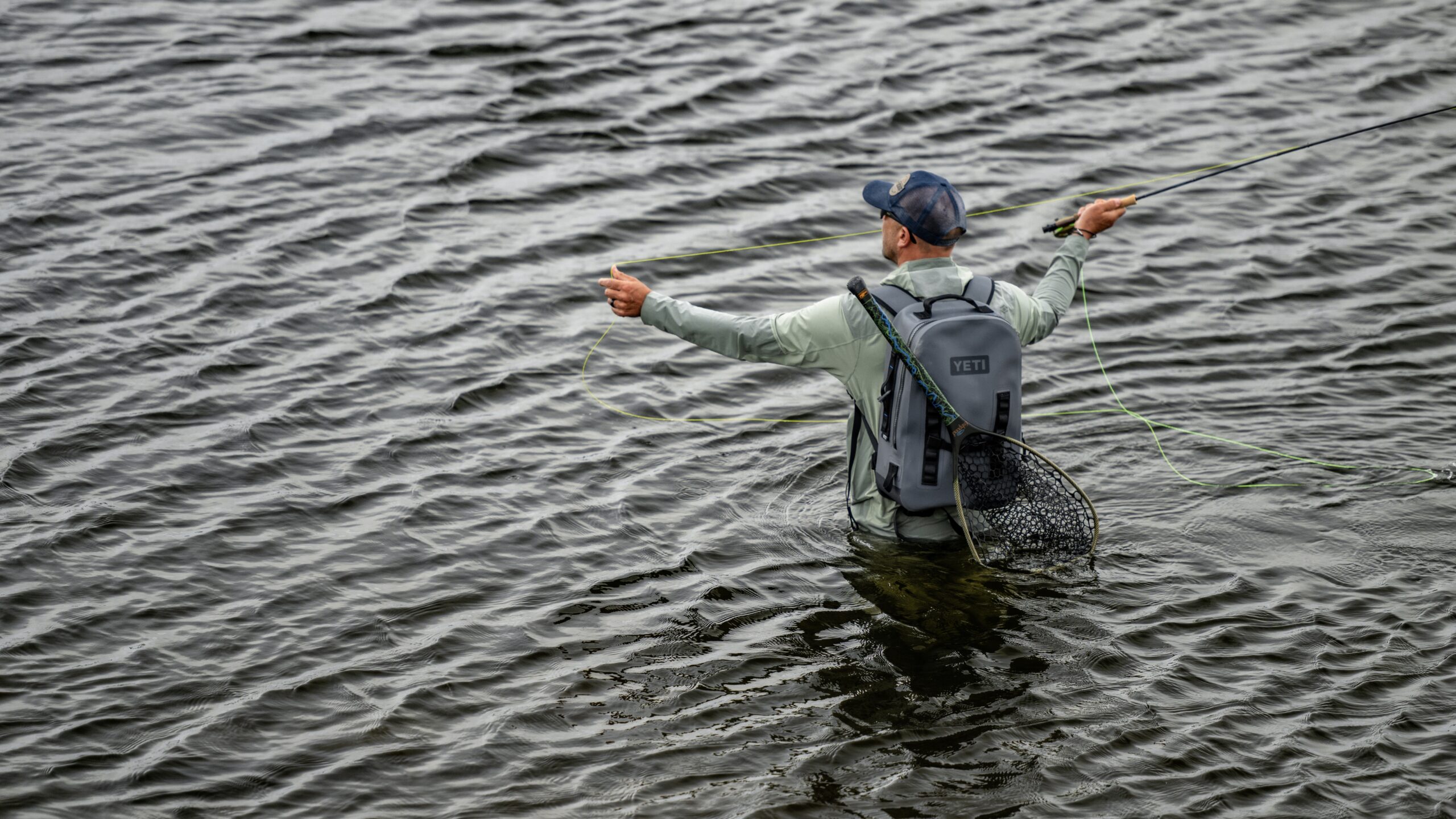By Jeff Wagner
When it comes to fly casting, the use of the wrist is often a contentious topic. Many envision an angler using only their wrist to whip the rod back and forth, resulting in wide, ineffective loops. While this is certainly an extreme example of poor casting, it does highlight a common misconception: that wrist movement is inherently bad for fly casting. The wrist plays a crucial role when used correctly, allowing for efficient, effective casting.
Here we’ll explore the fundamentals of fly casting, how to harness wrist movement effectively, and the biomechanical principles that can enhance your casting technique. At its core, fly casting relies on the relationship between the rod tip’s path and the fly line’s movement. The substance or principle here is that the fly line follows the path of the rod tip. When the rod tip follows a mostly straight-line path, the fly line will mirror that path, producing a straight top leg of the loop. This alignment is essential for presenting the fly accurately and efficiently. © Photo Arian Stevens
Read More



